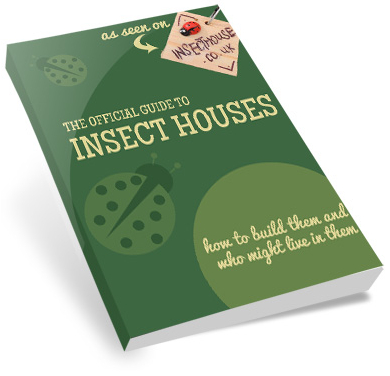There are few animals that are so poorly equipped for life’s struggle as termites are; yet they have compensated to a marked degree for their lack of equipment.
They have been able by means of instinct (or is it intelligence?) to organize a civilization which is the equal of man’s in many ways. Termites threaten to become one of the most formidable enemies of man. In spite of the fact that the word termite, is synonymous with cruelty, darkness and selfishness, we must not forget that it’s life is determined by the dictates of a powerful instinct for self-preservation. The enemy of the termite, the ant, which is much better equipped, is a relentless enemy, and it has forced the termite to perfect its life in order to survive. As man the termites are without any means of protecting themselves, a combination of circumstances has forced them to take to a secluded life. Here again, however, they have adapted themselves to their environment by maintaining a constant temperature and a constant moisture supply. Their chief food is cellulose, a food which is plentiful throughout the year. Intestinal protozoa or cultivated fungi break down the cellulose to facilitate digestion. Law and order seem to reign, for the colony is a cooperative one. The safety of the colony is assured, since the “sentries” or soldiers protect the retreat of the helpless termites by laying down their lives that the others may live.
Termites are organized into large colonies consisting of many castes differing in function and structure. It is this highly organized social organization which prolongs the period of immaturity, and has accelerated the evolution of highly specialized instincts. These factors combine to raise the termites to a high level of efficiency among insects in general, and extend and accelerate their work as destroyers of wood and of cellulose throughout tropical and milder temperate regions. Thus termites are of great importance economically because of their tendencies to destroy essential materials.
They cause damage estimated to amount to billions of dollars annually. The chief ways for man to prevent this damage are either to prevent the establishment of colonies by interrupting the life-cycle or to destroy existent colonies by the use of toxic chemicals. Hence, a knowledge of the life-cycle is necessary in order to deal with termites.
Termites as a group are very ancient their nearest relatives are the cockroaches, from which, however, they have been distinct for many millions of years. Fossils of species now doing damage all over the United States have been found in deposits known to be many millions of years old. They have lived for great periods of time on the wood furnished by forests, wooded canyons, oak groves, and numerous arid-land and desert shrubs. We are not facing a sudden invasion of new forms but merely an adjustment with species already present for millions of years before man entered upon the scene and began changing some of the conditions affecting the lives of termites. As civilization advances, human culture avails itself of cellulose in ever-wider uses.
The competition between man and termites thus becomes steadily greater. The organized social life both of man and of termites mutually interact to enlarge the field of activities for the latter. Both unite to provide new sites of infestation for these destroyers of wood.
Termites are a species with no defense mechanism, to develop an organization ensuring great protection. A system of division of labor wherein all individuals have their place has been evolved by these insects which are on a considerably lower standard than the social bees or wasps.
Although there seems to be a vast number of species, all can be reduced to three or even two major types according to habitat. These types are as follows: l) the dry -wood, 2) the subterranean, and 3) the damp-wood termites. Matters can be further simplified by grouping termites into two distinct types, namely: l) the wood-dwelling, and 2) the earth-dwelling termites. This is perhaps more convenient, as most of the wood-dwelling termites are of several types. Economically speaking, the subterranean type is the most important of all termites.

